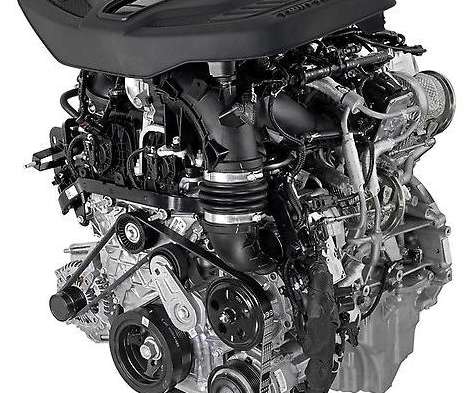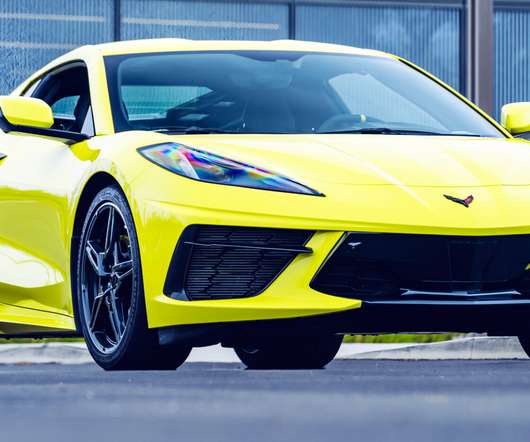Toyota implements Atkinson cycle in non-hybrid ESTEC engine; up to 38% thermal efficiency and improved fuel economy
Green Car Congress
JUNE 20, 2014
Further, at low loads, the ESTEC engine improves fuel consumption by 11% in the JC08 mode. Improving the vehicle fuel economy is a must due to the climate change and energy issues. 1 and internal EGR.) To address this, at low load, Exhaust VVT is advanced and internal EGR is used. 1 and water-cooled EGR.







































Let's personalize your content